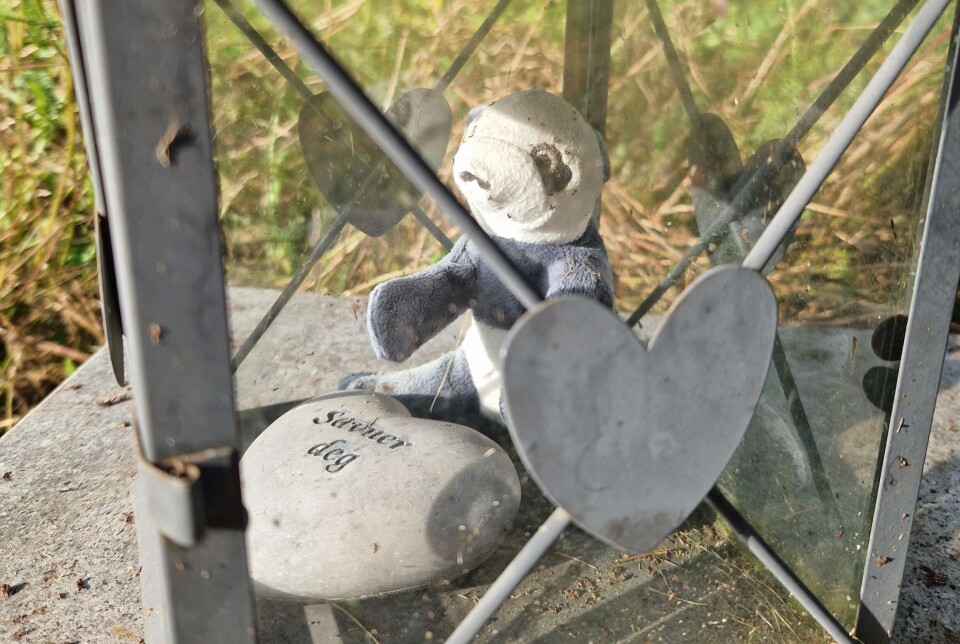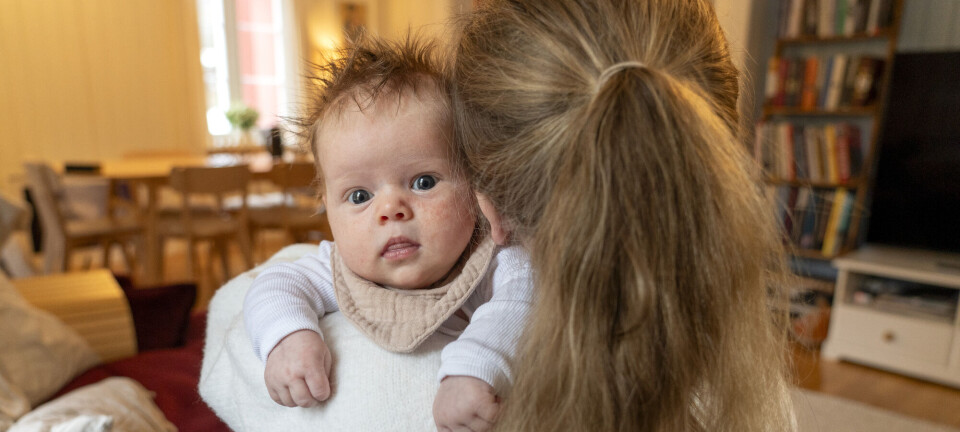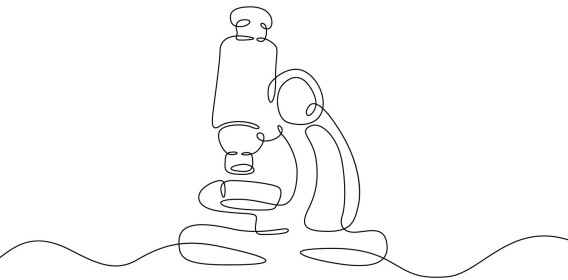
Parents make different choices when burying their stillborn child
Each year, 200 children die before or during birth in Norway, leaving parents with tough decisions to make in a short amount of time.
‘It's so strange to have given birth to a child, and then you leave, and the child isn't there. It's like you never gave birth at all. Everyone else just forgets about it.’
This quote is from Ellen Kristvik's study on how parents bid goodbye to their stillborn children.
“It's about grief. Much of it resembles other types of loss, but when death happens before birth, it brings unique challenges. The parents lack the memories that often provide comfort to other bereaved individuals,” Kristvik explained in a recent lecture at the House of Literature in Oslo.
Many who experience stillbirth are young, and for some, it may be their first encounter with death. These losses often occur suddenly and without warning.
How should they say goodbye? What decisions can they make?
3 out of 1,000 children die during birth
Out of 52,000 births in Norway each year, 200 children die either in the womb or during labour. This number has stayed consistent over the years.
When a baby dies late in pregnancy, the mother still has to go through labour, either immediately or shortly thereafter. The child is autopsied to find the cause of death.
Half of the foetuses were sick or had not grown enough. Causes include issues with the placenta, infections, deformities, chromosomal errors, problems with the umbilical cord, or serious illness in the mother. In up to 15 per cent of stillbirths, no cause is found, according to the Norwegian Directorate of Health (link in Norwegian).
Ellen Kristvik interviewed the parents of 25 stillborn babies and several hospital chaplains.
A chance to create memories
Parents have a limited amount of time to decide whether they want a farewell ceremony and how it should take place.
“There’s a brief window of opportunity between the stillbirth and the burial. During this time, parents have the chance to gather and create memories in a way that won’t be possible later,” said Kristvik, who is a researcher at Akershus University Hospital.
One of the parents said: ‘That was the opportunity we had.’

Hedvig was laid to rest in a church
Some parents opted for a church burial.
Initially, Hedvig’s parents planned to hold a private ceremony with only those closest to them. However, they later decided to place a death notice in the newspaper and have an open church service. Her parents found comfort in seeing how many people attended, realizing how many wanted to be part of something so meaningful to them. It also made it easier for them to face others afterwards.
“The farewell ceremony is a chance for their network to give support and for parents to receive it, but also an opportunity for people to be part of what has happened,” said Kristvik.
The father said: ‘None of them had met Hedvig, had they? So this was the only opportunity for people to have any connection with her’.
Most of the couples Kristvik interviewed held a farewell ceremony in the hospital chapel with only those closest to them present. They were well-supported by the hospital chaplain.
Memorial speeches, decorations, or driving the coffin themselves
“For many parents, being active and doing something for their child was deeply significant,” said Kristvik.
The way parents chose to focus their efforts varied.
“Some focused on writing and delivering memorial speeches, or even singing themselves. Others put their energy into decorating the chapel. Some took the responsibility of placing their child in the coffin, driving it in their own car, carrying it into the chapel, and handing it over to the gravedigger. Some spent most of their time creating the programme for the memorial service,” Kristvik said.
For the parents, it was about creating memories of their child.
Some hospital chaplains had compiled a binder with programmes from previous ceremonies, which they lent to parents. Others suggested songs, music, and readings, ranging from lullabies and poems, to jazz and stories, such as The Brothers Lionheart by Astrid Lindgren.
Another important decision is choosing the burial site. Parents are asked about this before leaving the hospital.
“Most of the parents I spoke with chose a private grave. This often felt like the natural and right decision in the immediate aftermath of their loss. They were focused on doing everything they could for the child they had lost,” Kristvik said during the lecture.

‘It just stands there and withers’
In the beginning, parents often visited the grave, with some going daily. However, when Kristvik spoke with them a year or more after the death, things had changed.
“Many parents felt guilty about neglecting the grave, feeling it wasn’t cared for or visited often enough,” said Kristvik.
One father said: ‘... I feel like we should have been there more, should have taken better care of the grave. We spent so much on a beautiful stone and a lovely spot, and now it just stands there and withers’.
This was not the case for everyone. Kristvik met one mother two years later who had a four-month-old baby but still visited the grave once a week, even though it was on the other side of town. She said it was a comforting place for her.
The desire not to forget
“For many parents, the grave had become a burden. But that didn't mean they wanted to forget. They were determined that both they and others should remember their stillborn child,” said Kristvik.
One mother corrected her own mother every time she forgot to count the stillborn child among her grandchildren. A couple got married several years after the stillbirth, and in their wedding photo, all their children were represented – three living children, along with a balloon bearing the name of their deceased brother.
“For many, the meaning of the grave site changed. Several expressed that they felt just as close to their child in other settings. They didn't need the grave to remember,” said Kristvik.
Shared grave for the little ones
Several cemeteries have memorial gardens dedicated to the smallest deceased children. Parents who wish to can be present when the coffin is laid to rest.
There are different practices for the burial process. In some cemeteries, parents gather in a chapel with candles and music before carrying the coffin or urn to the grave. In other places, the coffins are arranged around the open grave when the parents arrive.
“Parents who participated in this appreciated the opportunity for a ritual farewell at the grave,” said Kristvik.
If parents are unable or unwilling to choose a burial site, the stillborn child is laid to rest in such a memorial garden.

Few of the parents Kristvik spoke with chose a children's memorial garden as their child's burial site.
“This is partly due to how these burials are organised. At the children's memorial gardens in Oslo, burials take place three times a year. The waiting period parents could face was difficult for many, as it felt like a prolonged farewell. Additionally, several parents were unsure about what a shared grave entails,” said Kristvik.
One mother said: ‘At the time, I thought there’s no way she’s going into a mass grave. But now I think a memorial garden would have been really beautiful. It would have helped us so much if we had known that many people use shared graves. I’d never experienced a death in my family as an adult, so I had no idea what happens and how cremation and all that works – I had no clue!’
A desire to get it over with, then it changes
Parents of stillborn children react differently. What brings them comfort varies greatly, Kristvik noted.
Their feelings also evolve in the days between learning their child has died and the funeral.
“Many parents initially want to get through it quickly and put it behind them. But as time passes, they often realise they need more time to process what has happened,” Kristvik said.
Not all hospitals follow the same procedures, and sometimes things are overlooked.
In 2021, researchers from OsloMet and Telemark Hospital Trust looked into whether national guidelines for stillbirth were being followed in hospitals.
It can feel inconsistent
100 midwives and doctors from Norwegian hospitals shared how they support grieving parents.
Many practices are well-established, such as offering parents the chance to hold their child while it’s still warm. Most parents are also given the opportunity to wash, care for, and dress their baby. They are encouraged to create memories by taking photos and spending time together.
Parents are usually kept separate from other patients during their stay, though this is not always feasible.
While most parents are informed about funeral arrangements and burial sites, this does not happen in every case. Hospitals generally help connect families with a priest and doctor, but it is far less common for them to be referred to a social worker.
The biggest gaps are in providing information on parental leave, sick leave, and grief support groups. Follow-up for parents after they are discharged from the hospital can sometimes feel inconsistent. Researchers concluded that there needs to be better coordination and responsibility in following up with parents.
References:
Christoffersen, L. & Teigen, J. Nasjonale fagprosedyrer ved dødfødsler (National guidelines for stillbirth procedures). A study commissioned by the National Association for Sudden Infant Death, 2021.
Kristvik, E. «Det var den sjansen vi hadde» Om rituelle avskjeds-markeringar for barn som døyr før dei blir fødde (“That was the opportunity we had” Ritual farewell ceremonies for children who pass away before birth). Nordic Journal of Practical Theology, 2023. DOI: 10.48626/tpt.v40i1.5524
———
Translated by Alette Bjordal Gjellesvik
Read the Norwegian version of this article on forskning.no






































